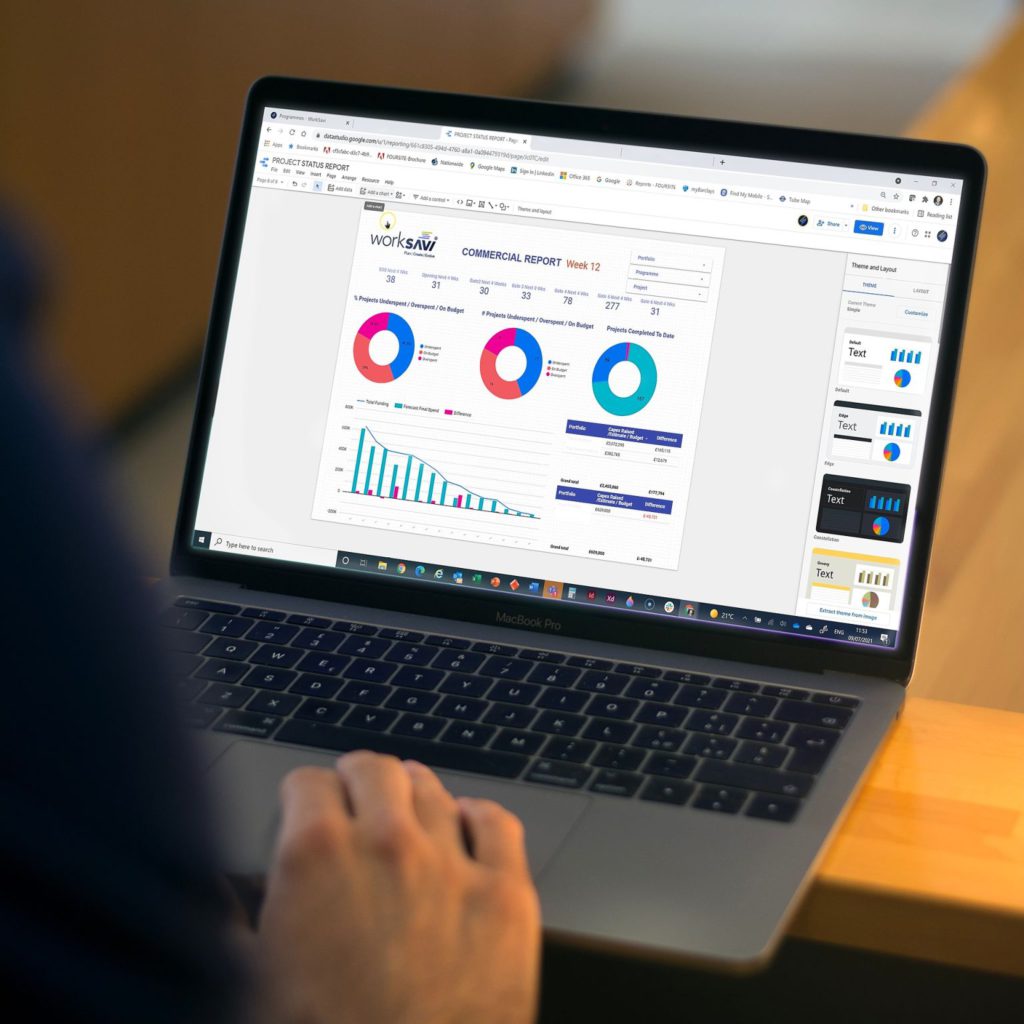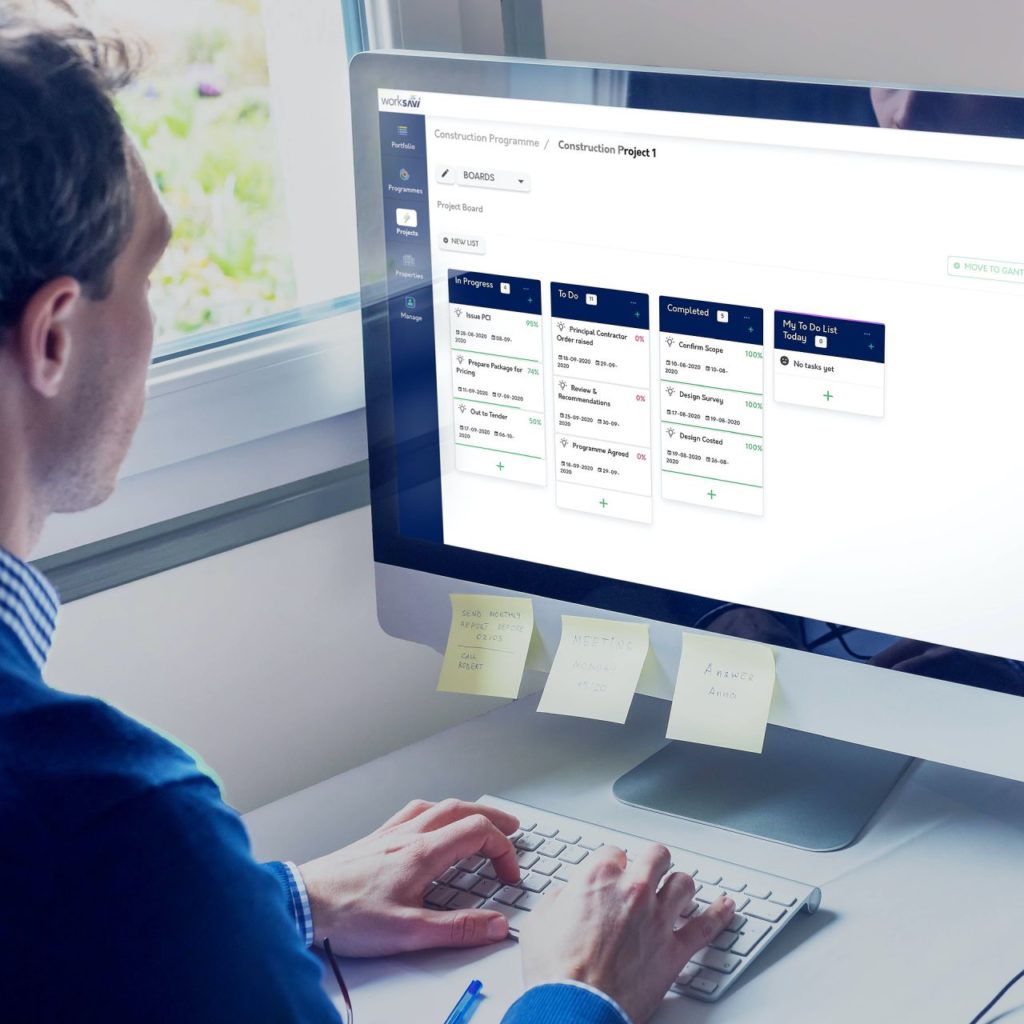A Short Guide To Managing Resources Effectively
Whenever a project is being executed, there are a myriad of resources that will go towards carrying out necessary tasks. It could be financial resources, personnel, equipment and so on.
When it comes to project management, there are two ways in which resources are classified. This includes tangible and intangible resources. Tangible resources are physical and easily quantifiable in nature, such as money, labour, and more. Intangible resources are more abstract but can be just as valuable, such as intellectual property and specialised skills that may be needed at specific points during the project.
The management of resources is important because the last thing you want on a project is to experience waste that will take you over the budget and ultimately result in a financial loss. Resource management refers to practices that ensure more work gets done with less expenditure. They are designed to increase efficiency by using careful planning and assessment to determine what is needed to complete tasks and arrange for the needed resources accordingly.
To handle this process, construction project management will require the expertise of a resource manager. Resource managers are concerned with ensuring that tasks outlined for a project get a suitable allocation of resources for execution. This can be a separate role or one also undertaken by a project manager.

Types of Resource Management Functions
A resource manager is required to be able to perform three particular tasks in fulfilling their role.
- Resource allocation
This involves first gaining an insight into what available resources you have and what the project requires. The resource manager then needs to analyse how best to allocate the limited resources to ensure they are used efficiently and enables the team to get their work done.
- Resource levelling
For this task, resource managers need to regularly review how resources are being utilised and identify where and when they may be over or under allocation of resources. Where misallocation is identified, efforts must be made to correct the situation and ensure optimal efficiency.
- Resource forecasting
As a part of resource planning, it is important to be able to predict resource needs in the future. With correct forecasting, there will be better resource allocation, less waste and more streamlined execution of tasks as the project progresses.
All these functions require that the project manager / resource manager have a strong understanding of the project life cycle and what resources will be needed at each stage to allow it to progress as expected. Allowing for shortfalls that will create delays or waste will be detrimental to the success of the project.
With project management software, project and resource managers gain a better overview and understanding of when, where and how much resources are needed along the way.
Why Resource Management Matters
Boosts efficiency
With good resource management comes the ability to better understand how resources are consumed by your team. This then makes it possible to better plan for the future needs of the project, ensuring that resources are made available as the need for them arises.
Optimal use of resources
Resource management allows for optimal use of resources with minimal waste and good prioritisation. With proper planning in place it ensures that your assets are used for the most profitable and vital purposes.
Limits the risk of unavoidable situations
When you plan for forthcoming tasks and the resources they will need, you can often prevent unseen eventualities as the process will have been carefully considered. Effective planning reduces the risk of problems later coming up and needing to reroute resources to address them.
Reducing the risk of team burnout
Effective management of resources ensures that your team has the resources they need when they need them. It enables them to carry out their duties and tasks effectively, with minimal disruption and waiting time.
Being this streamlined can improve their productivity and reduce the risk of them suffering burnout. More so if they are juggling multiple projects. With project management software, you can also more easily determine who on the team is overloaded and who is not working at capacity to ensure better balance and less strain.

Inspires trust
Just because you have good resource planning in place does not mean things cannot go awry. Unexpected events may still arise. With the benefit of using project management software, you will quickly be able to determine the implications and impact of the event and demonstrate to the investors what further support is necessary to keep the project moving with minimal disruption.

Type of Resources
There are different kinds of resources that go into a project. They are a mix of tangible and intangible resources that must be acquired and allocated through the life cycle of a project. Here is another way these resources can be classified.
- Human resources
Human resource refers to the labour you need to carry out project tasks. This can include everyone from the project management team to the admin staff at the project site. As part of managing these resources, you will need to undertake multiple tasks including recruitment, remuneration, time management, establishing KPIs and assessing performance.
The use of technology, such as resource management software, can help to accomplish these tasks through the project life cycle. Online tools can help with tasks like collecting and organising job applications made through your website, tracking attendance and assessing job performance.
- Material resources
Many material resources are used in a project. This can range from the pen and paper used in the management office to heavy machinery at the construction site. These are the physical or tangible assets that are used to complete various tasks that contribute to the project’s execution.
- Relationship resources
Projects will require interactions with various parties. This can include contractors, subcontractors, suppliers and so on. It is important to properly manage these resources so that there is good workflow and communication between the parties as they carry out their roles as expected and when expected. Project or resource managers need to be able to ensure good collaboration with such individuals and that they provide them with the resources they need to perform the tasks required of them.


